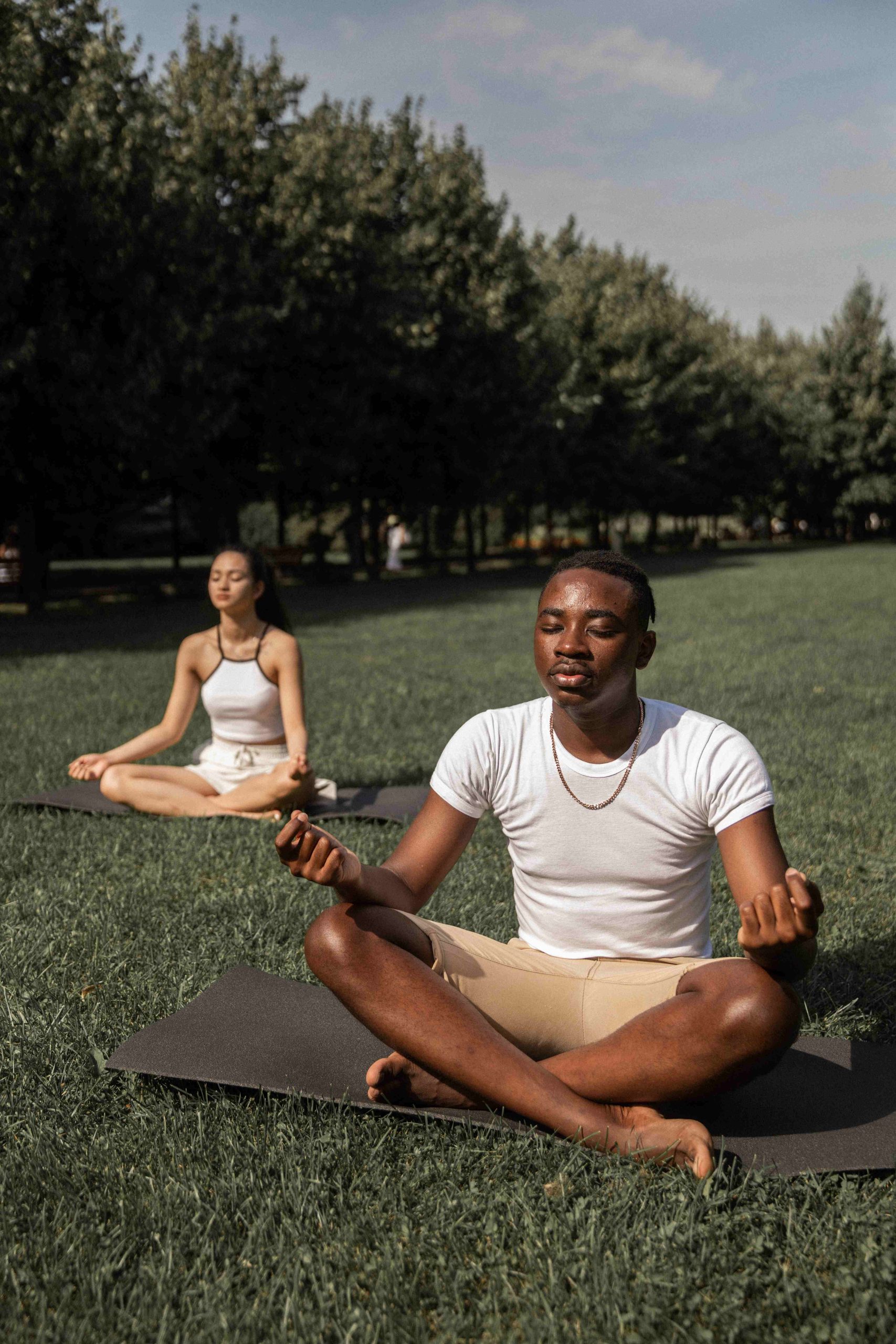
Yoga and Mindfulness as Complementary Therapies for PTSD: Enhancing Emotional Well-being
Post-traumatic stress disorder (PTSD) can have a profound impact on a person’s emotional well-being. Traditional therapeutic approaches, such as counseling and medication, are effective in managing PTSD symptoms. However, complementary therapies like yoga and mindfulness can offer additional benefits in enhancing emotional well-being and promoting healing. In this article, we will explore the powerful effects of yoga and mindfulness as complementary therapies for PTSD and discuss how they can support individuals in their journey toward emotional recovery.
Understanding Yoga and Mindfulness:
Yoga is an ancient practice that combines physical postures (asanas), breathing techniques (pranayama), and meditation. It focuses on integrating the mind, body, and spirit, promoting a sense of harmony and balance. Mindfulness, on the other hand, is a practice of paying attention to the present moment with non-judgmental awareness. It involves cultivating a state of deep presence and acceptance.
Benefits of Yoga and Mindfulness for PTSD:
Stress Reduction: Both yoga and mindfulness are effective in reducing stress and promoting relaxation. They activate the body’s relaxation response, which helps counterbalance the hyperarousal and hypervigilance commonly experienced in PTSD. The rhythmic breathing, gentle movements, and mindful focus help calm the nervous system and reduce anxiety.
Emotional Regulation: Individuals with PTSD often struggle with emotional regulation, experiencing intense emotions that can be overwhelming. Yoga and mindfulness provide tools for managing and regulating emotions. By cultivating self-awareness and practicing non-judgmental observation, individuals learn to recognize and accept their emotions without getting overwhelmed by them.
Body Awareness: Trauma often disconnects individuals from their bodies, leading to feelings of dissociation and a lack of awareness of bodily sensations. Yoga promotes body awareness by gently guiding individuals to tune in to physical sensations, breath, and movement. This can help individuals reconnect with their bodies and develop a sense of safety and grounding.
Empowerment and Self-Efficacy: Engaging in yoga and mindfulness practices can empower individuals with PTSD. Through regular practice, individuals develop a sense of mastery over their bodies and minds. They learn that they have the ability to regulate their emotions, reduce stress, and find moments of peace and stillness within themselves.
Enhanced Self-Compassion: PTSD often leads to self-blame and self-criticism. Yoga and mindfulness foster self-compassion and self-acceptance. By cultivating a non-judgmental and compassionate attitude towards oneself, individuals with PTSD can cultivate a more positive and nurturing relationship with themselves.
Mind-Body Integration: Yoga and mindfulness promote the integration of the mind and body. The gentle movements, breathwork, and meditative practices help individuals become more attuned to the present moment and the sensations within their bodies. This integration can support healing and facilitate a sense of wholeness.
Incorporating Yoga and Mindfulness into PTSD Treatment:
If you are interested in integrating yoga and mindfulness into your PTSD treatment, consider the following steps:
Consult with a Healthcare Professional: Before starting any new therapeutic practice, it is important to consult with a healthcare professional, especially if you have any physical limitations or medical conditions.
Find a Qualified Instructor: Seek out a qualified yoga instructor or mindfulness teacher who has experience working with individuals with PTSD or trauma-sensitive training. They can guide you in practicing yoga and mindfulness in a safe and supportive manner.
Start Slowly and Respect Your Limits: If you are new to yoga or mindfulness, start with gentle practices and respect your physical and emotional limits. Be patient with yourself and honor your body’s needs.
Choose Trauma-Informed Classes or Programs: Look for trauma-informed yoga classes or programs specifically designed for individuals with PTSD. These classes incorporate modifications and provide a safe and supportive environment for trauma survivors.
Practice Consistently: Consistency is key when it comes to reaping the benefits of yoga and mindfulness. Aim for regular practice, even if it is for a short duration. It is the cumulative effect that will bring about positive changes.
Combine with Other Therapeutic Approaches: Yoga and mindfulness can complement other therapeutic approaches for PTSD, such as counseling or medication. Consider integrating these practices into a holistic treatment plan that addresses your unique needs.
Conclusion:
Yoga and mindfulness offer valuable tools for enhancing emotional well-being and promoting healing in individuals with PTSD. By incorporating these complementary therapies into a comprehensive treatment plan, individuals can experience stress reduction, emotional regulation, and enhanced self-compassion. Remember, yoga and mindfulness are practices of self-care and self-discovery, empowering individuals to find inner strength and resilience as they navigate their journey of healing from PTSD.



